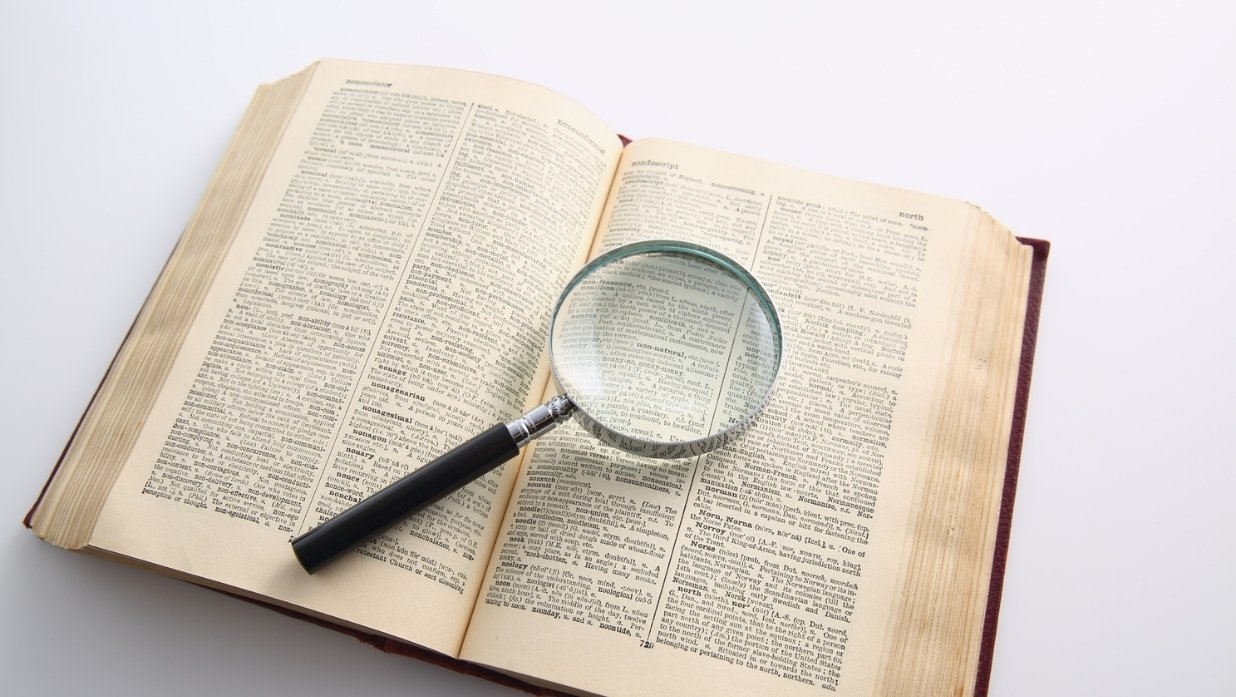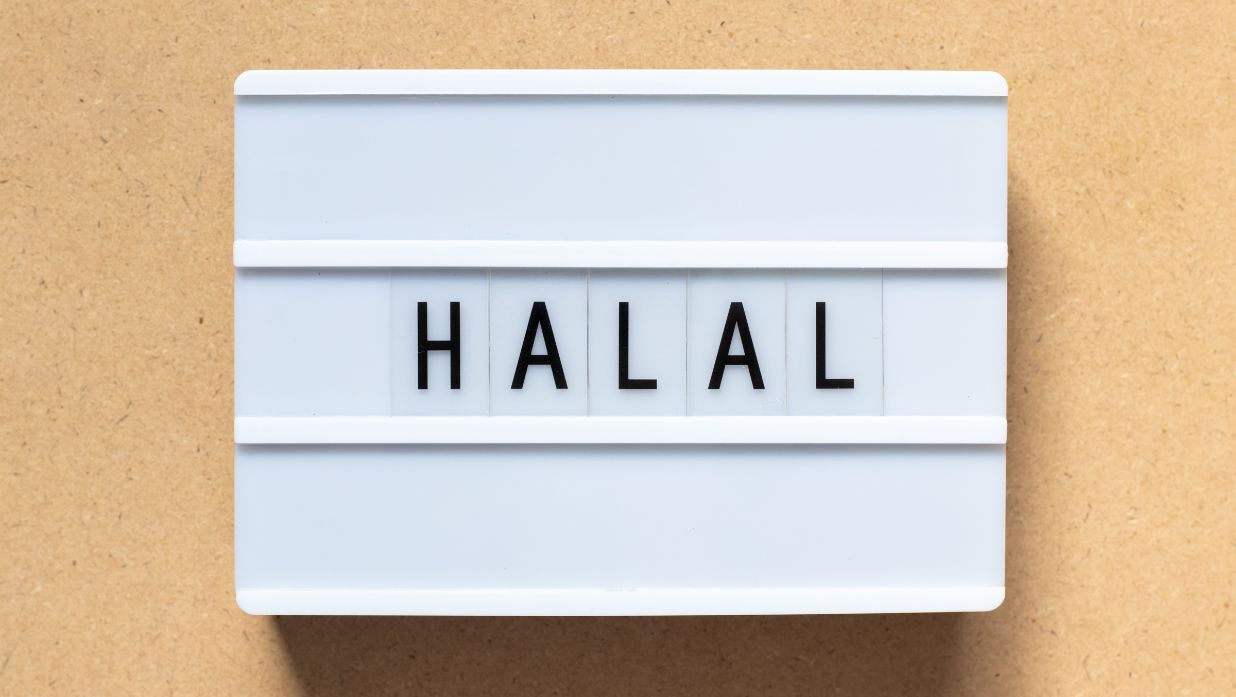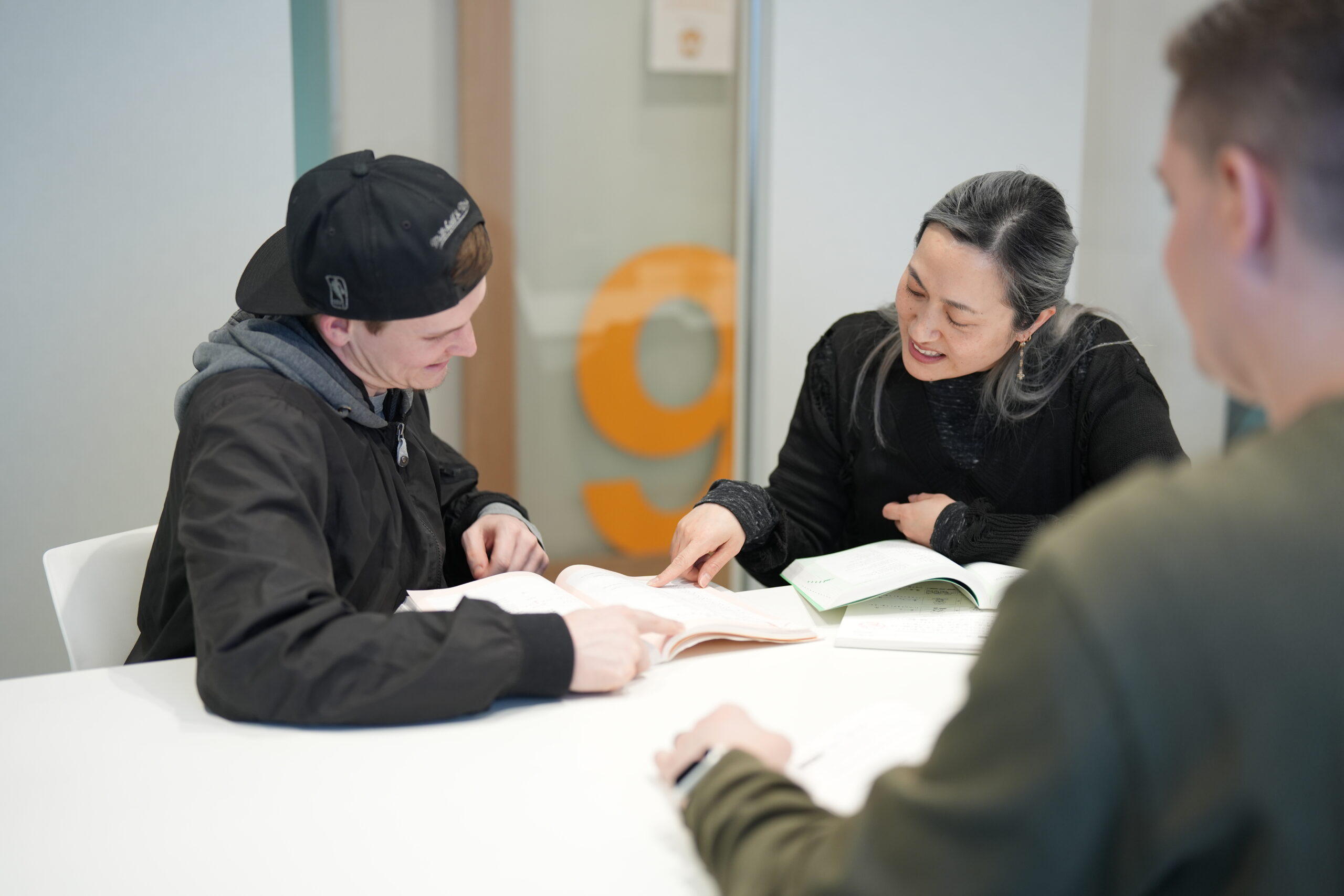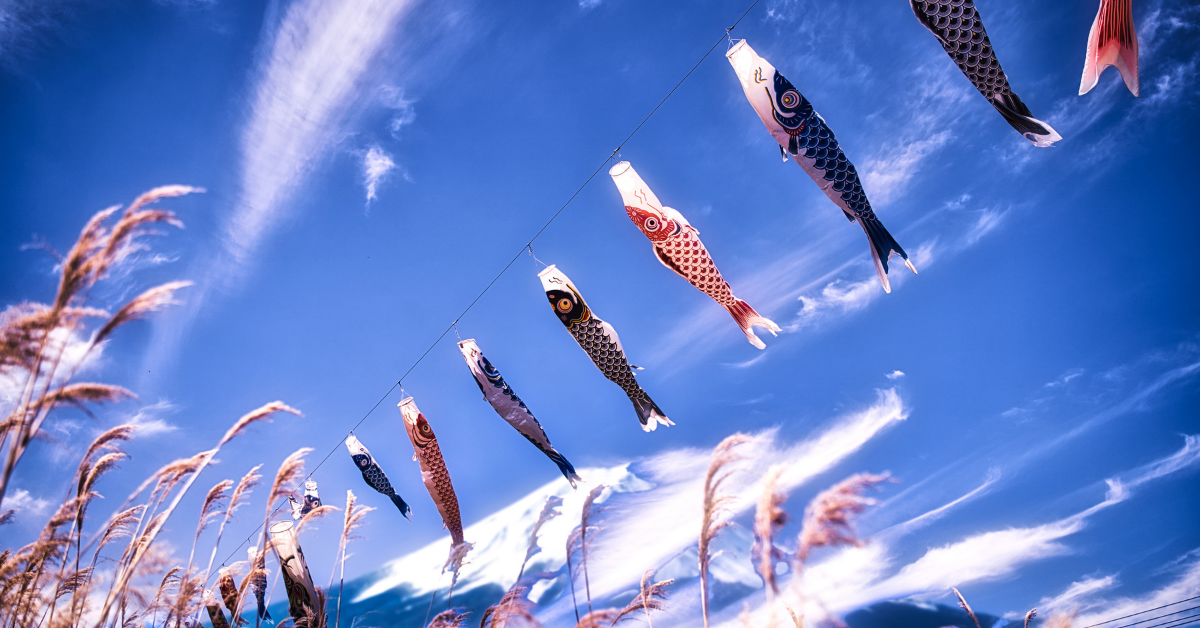How to Study For The JLPT (2026 Guide)
Discover smart strategies, top resources, and study tips to prepare for the JLPT and boost your chances of passing any level from N5 to N1.

Discover smart strategies, top resources, and study tips to prepare for the JLPT and boost your chances of passing any level from N5 to N1.

Discover smart strategies, top resources, and study tips to prepare for the JLPT and boost your chances of passing any level from N5 to N1.

Looking for a Japanese dictionary to help with your studies? This article summarizes and reviews the BEST paper, electronic, and smartphone app Japanese dictionaries in 2019.

Japanese slang is ever-evolving, often combining Japanese and English words to create casual, playful expressions. Knowing these phrases will help you feel connected in informal conversations, but remember — slang should be for close friends and peers. Using it with seniors or in formal settings may come across as disrespectful. New abbreviations and phrases are […]

Looking for halal food options here in Tokyo? You can enjoy ramen, sushi and burgers worry-free in Tokyo.

When it comes to finding the best way to learn Japanese, many options are available, including studying abroad in Japan or taking online Japanese classes.

Golden Week is coming up! Learn more about each of the holidays and find out when it is.

Let’s face it: Japanese YouTube channels redefine what it means to go above and beyond for online entertainment. Content creators in Japan wear a lot of faces — both literally and figuratively. They’re propelled by outlandish challenges, mukbangs and squeamish close-ups of fish cutting. We’re talking about consuming ten packs of fire noodles in one […]

Coto Academy will launch Coto Institute, a Japanese language school focusing on long-term programs that can finally support student visa.
